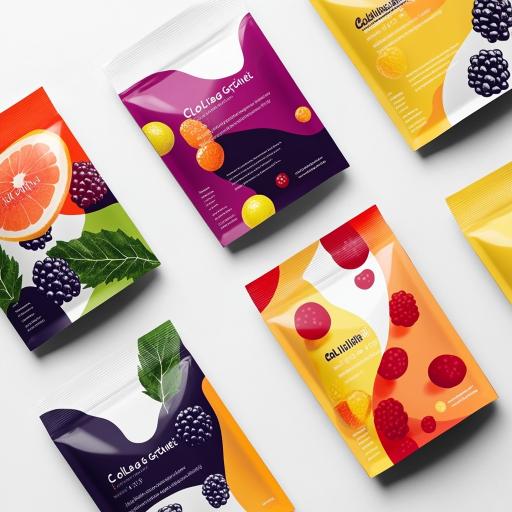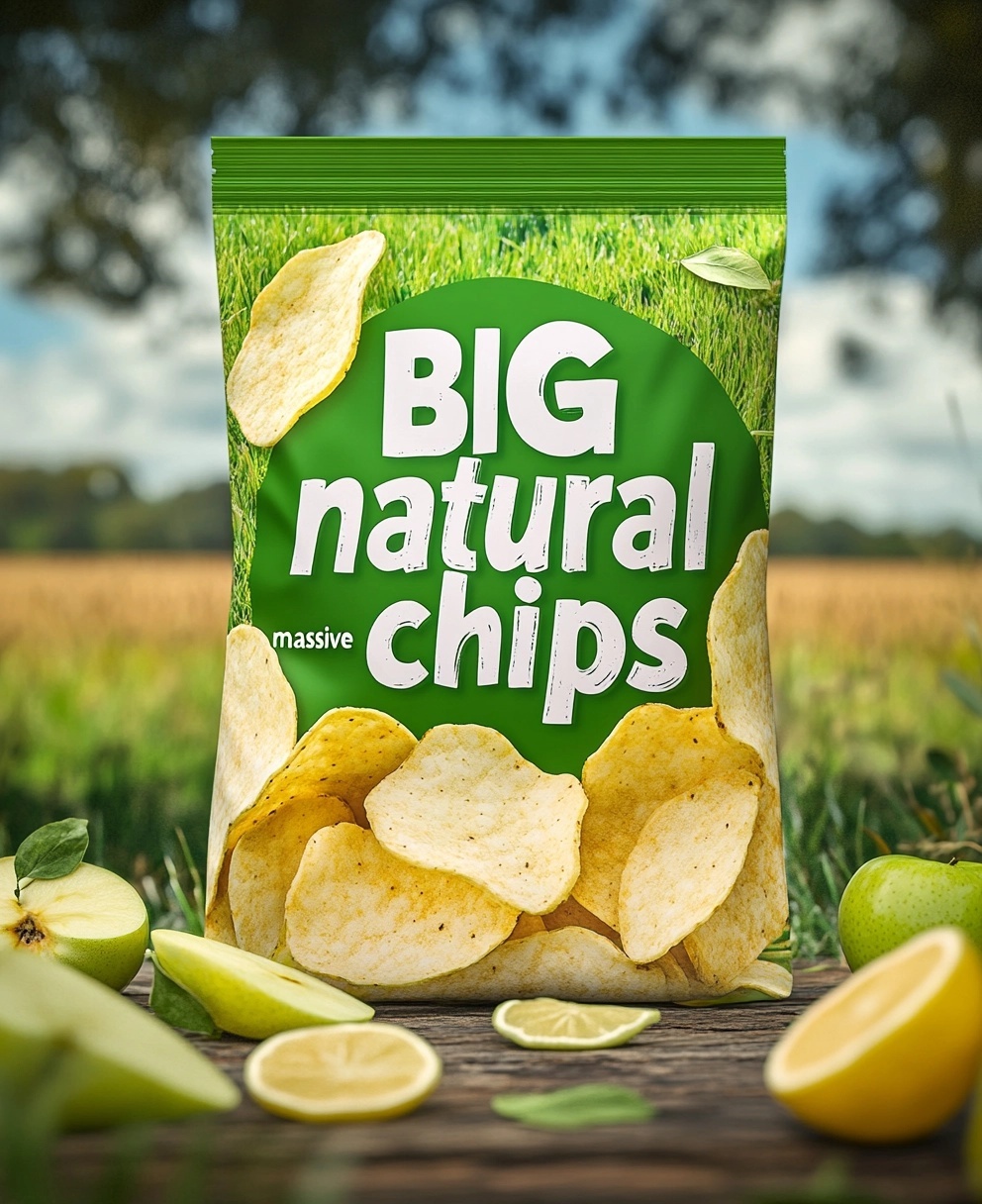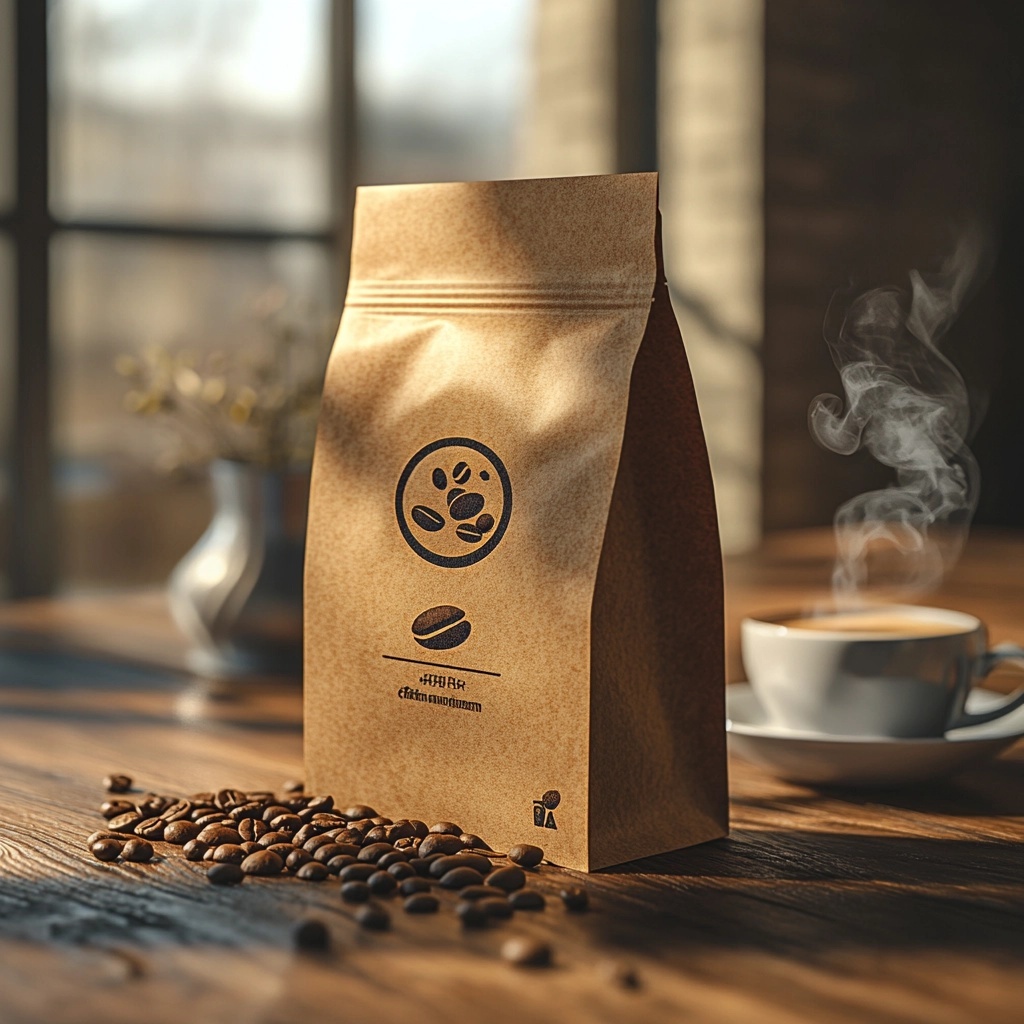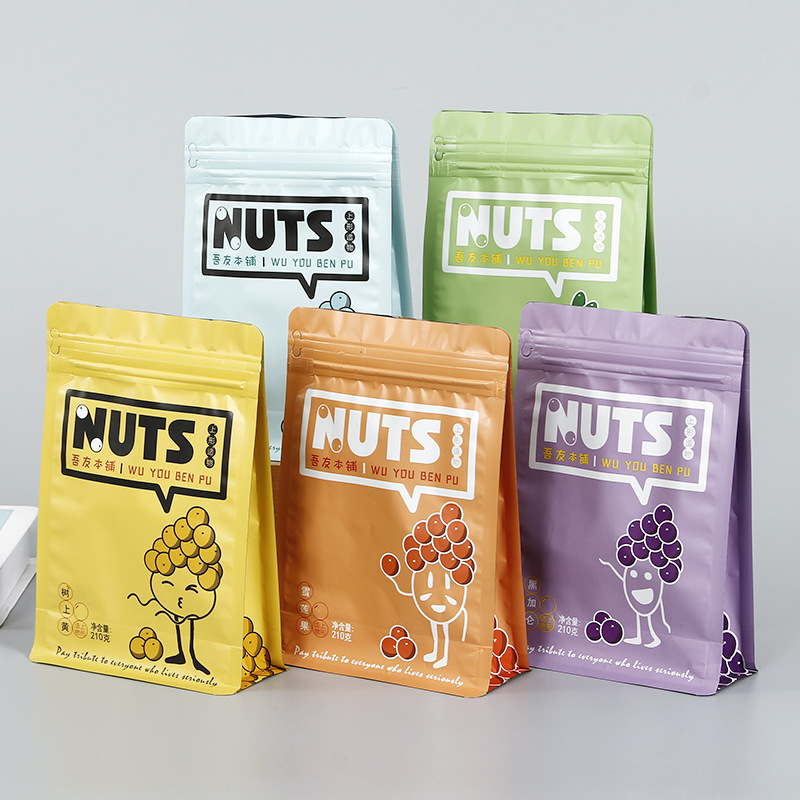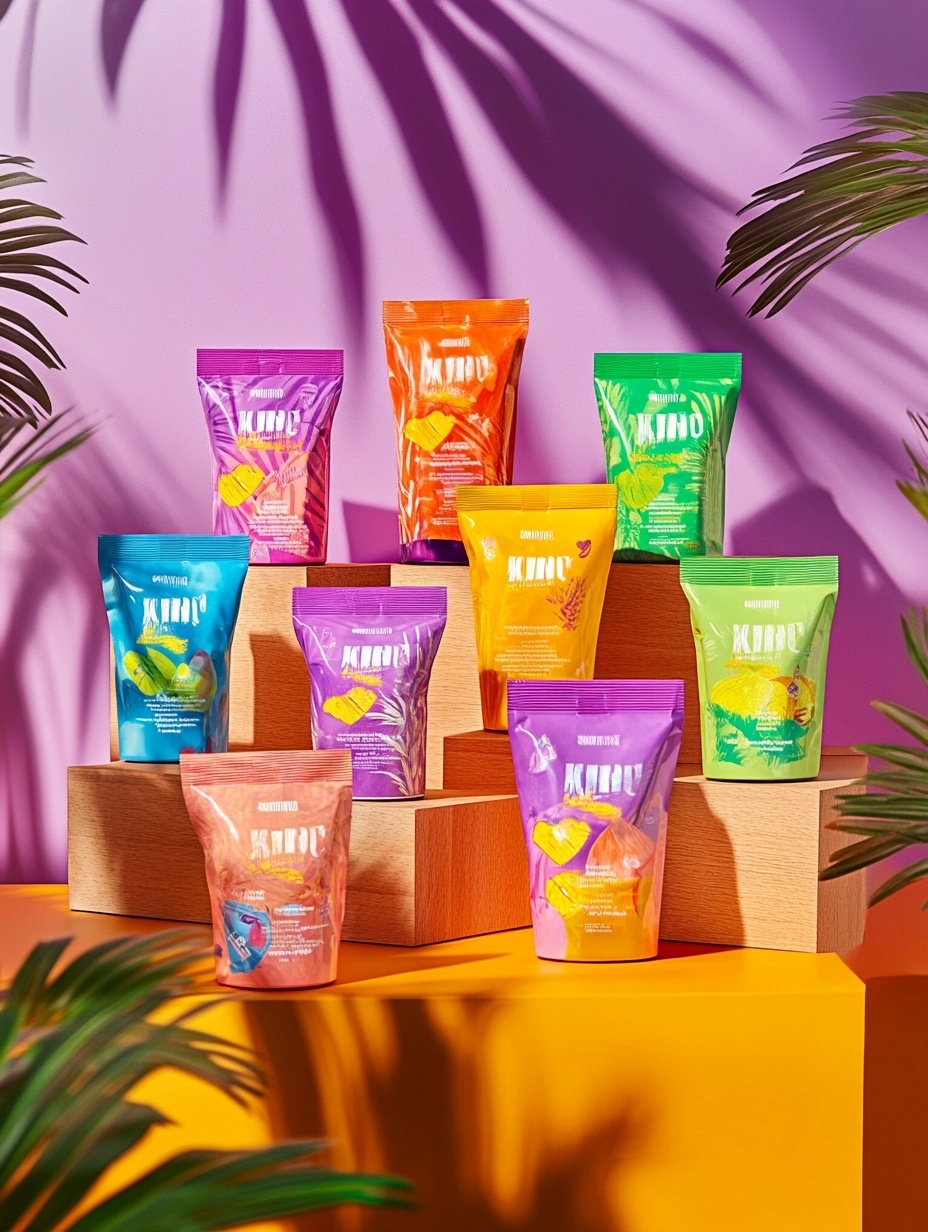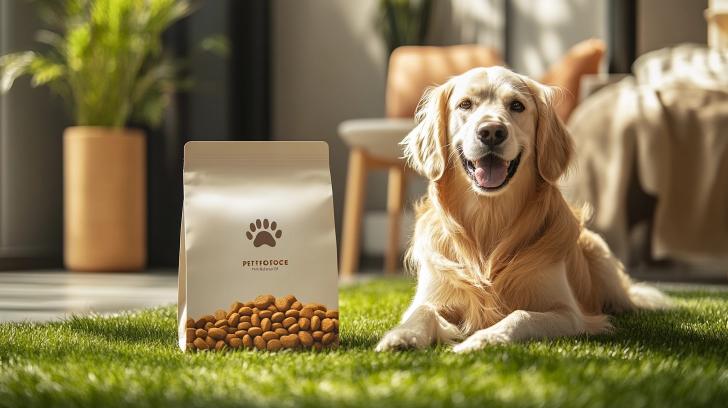Picking the wrong pouch could lead to spoilage, safety recalls, or lost customer trust. The right choice protects your product—and your reputation.
To choose the right pouch, match food type with barrier needs, shelf life, safety regulations, and cost-efficiency. Every product has specific packaging requirements.
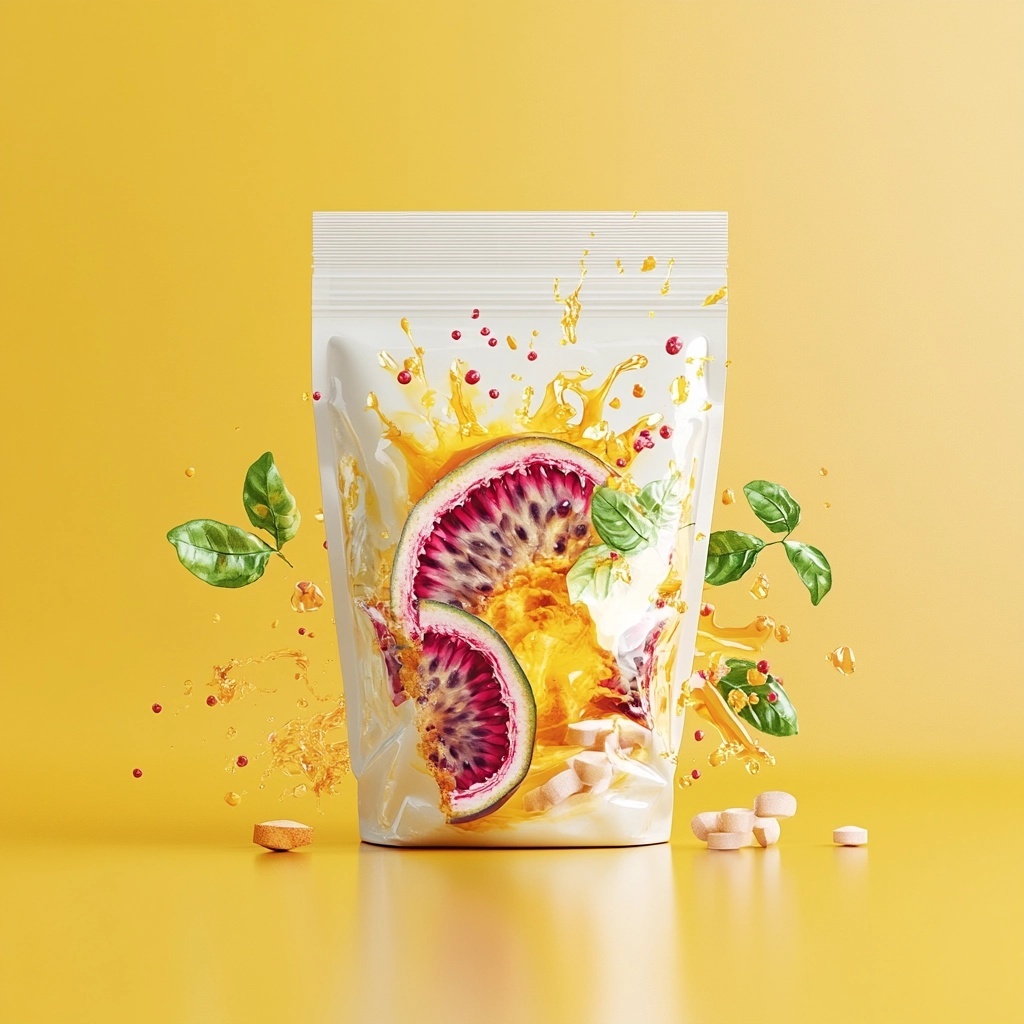
Getting food packaging right isn’t just about keeping things inside. It’s about how long it stays fresh, safe, and appealing on the shelf.
What Food Safety Standards Must Your Packaging Meet?
Food packaging that looks good but fails safety tests can put consumers—and your business—at risk. Compliance isn’t optional.
Food pouches must meet FDA and EU food-contact regulations, ensure no migration of harmful substances, and be manufactured in clean, certified environments.

Common Certifications and Standards:
| Regulation/Cert | Region | What It Covers |
|---|---|---|
| FDA 21 CFR | USA | Food-contact material regulations |
| EU Regulation 10/2011 | Europe | Plastic food-contact materials |
| BRCGS Packaging | Global | Hygiene and quality management for food packaging |
| ISO 22000 | Global | Food safety management systems |
| GMP (Good Manufacturing) | Global | Production process and contamination control |
Working with a factory that follows Good Manufacturing Practices (GMP) and is certified for food-grade production ensures your pouches won’t introduce contaminants or fail inspection.
How Does Product Shelf Life Affect Pouch Selection?
Not all foods need long-term storage—but those that do require the right protection. A misstep can spoil entire batches.
Shelf life determines the barrier level your pouch needs. Oxygen, moisture, and light are the main factors that shorten food lifespan.
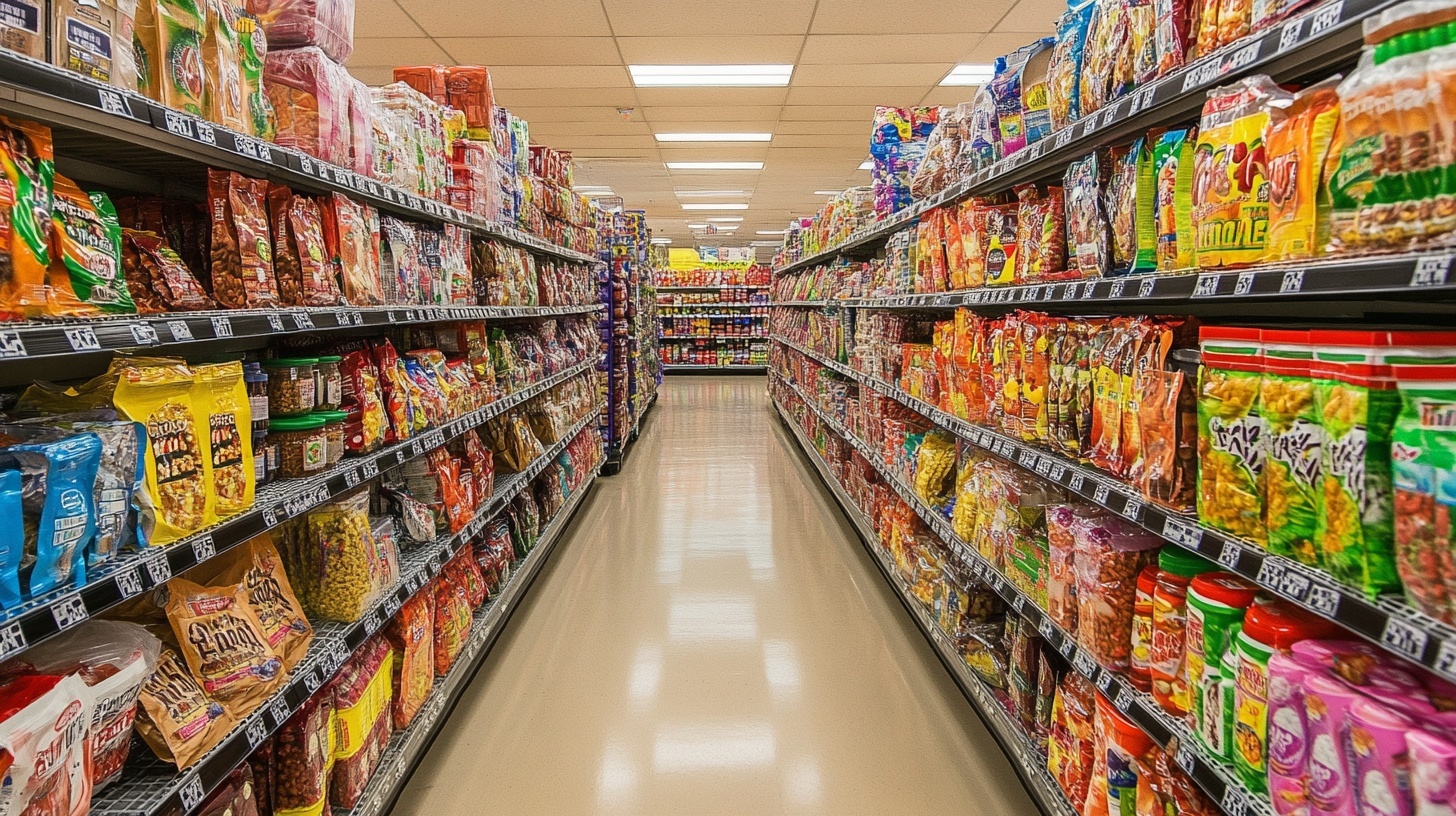
Shelf Life Needs by Product Type:
| Food Type | Common Shelf Life | Packaging Barrier Needs |
|---|---|---|
| Coffee & Tea | 6–12 months | High oxygen & aroma barrier |
| Snacks & Nuts | 6–9 months | Moisture and oxygen barrier |
| Pet Food | 12+ months | Strong oxygen and fat barrier |
| Dried Fruits | 6–12 months | Moisture and UV light barrier |
| Frozen Foods | 12+ months | Puncture-resistant, low temp durability |
Each food item breaks down differently. Oxygen exposure makes oils go rancid. Moisture spoils dry goods. Light can degrade nutrients or color. Choosing pouch materials with the right Multi-layer barrier structure ensures stability.
Which Barrier Properties Do Different Foods Require?
Barrier properties are invisible—but they do most of the work. Choosing the wrong one shortens shelf life or lets flavor escape.
Different foods require specific barrier levels to protect against oxygen, moisture, UV light, and odors. Matching these barriers to your product is essential.
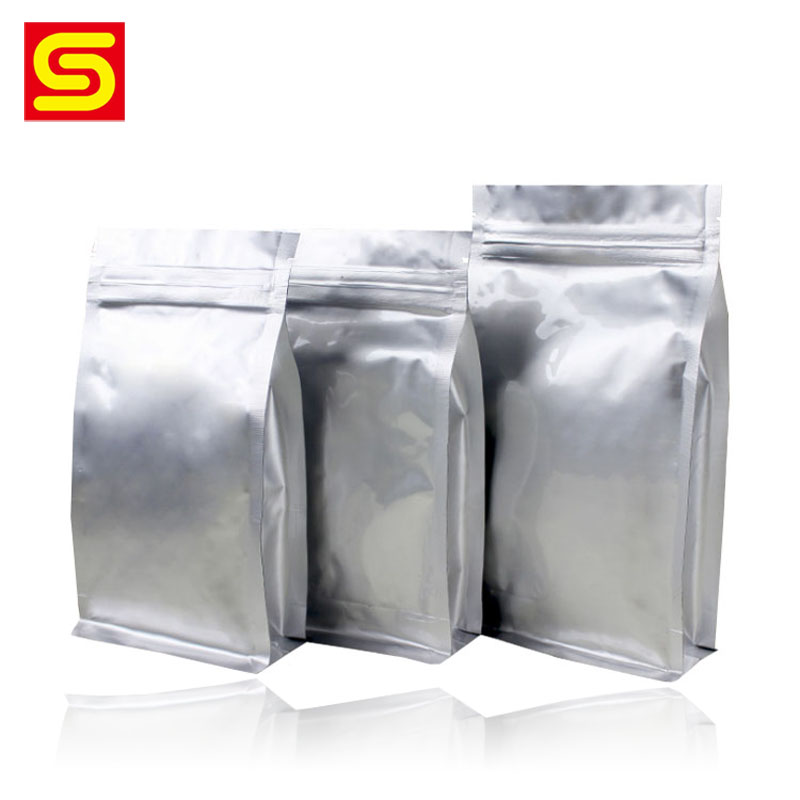
Key Barrier Materials & Their Roles:
| Material | Function | Ideal For |
|---|---|---|
| Aluminum Foil | Total barrier to light, O₂, MV | Coffee, dehydrated meals, pharma |
| METPET | Light + oxygen barrier | Snacks, powders, dried fruits |
| EVOH | Oxygen barrier in co-extrusions | Vacuum pouches, chilled foods |
| Nylon (PA) | Puncture resistance, gas barrier | Frozen, vacuum, retort products |
| LLDPE/PE | Heat seal, moisture resistance | Inner seal layer for most food pouches |
Barrier choice must align with shelf life and distribution conditions. For example, a stand-up pouch for trail mix might need METPET and PE, while vacuum-sealed jerky needs nylon and EVOH.
Why Do Some Pouches Cost More Than Others?
Sometimes a pouch costs twice as much—and for good reason. Higher cost often means higher protection, better print quality, or eco advantages.
Pouch price depends on material type, structure complexity, special features, and order size. Higher protection usually costs more, but reduces spoilage and returns.

Cost Factors in Food Pouch Manufacturing:
| Cost Factor | Description | Impact on Price |
|---|---|---|
| Film Material Type | Foil and specialty films cost more | Higher cost for longer shelf life |
| Layer Count | More layers mean more complexity | Adds protection but increases cost |
| Pouch Style | Flat bottom > stand-up > 3-side seal | Based on machine and labor |
| Custom Features | Zippers, valves, laser scores add complexity | Higher unit cost for more functionality |
| Printing Method | Rotogravure (high setup) vs. digital (low MOQ) | Affects startup vs. per-unit pricing |
If you’re packaging premium foods or export products, cutting cost on packaging often backfires. Choosing the right balance between protection and budget is part of strategic sourcing.
Conclusion
The right food pouch balances safety, shelf life, barrier needs, and cost. Make informed choices to protect your product and your profits.

